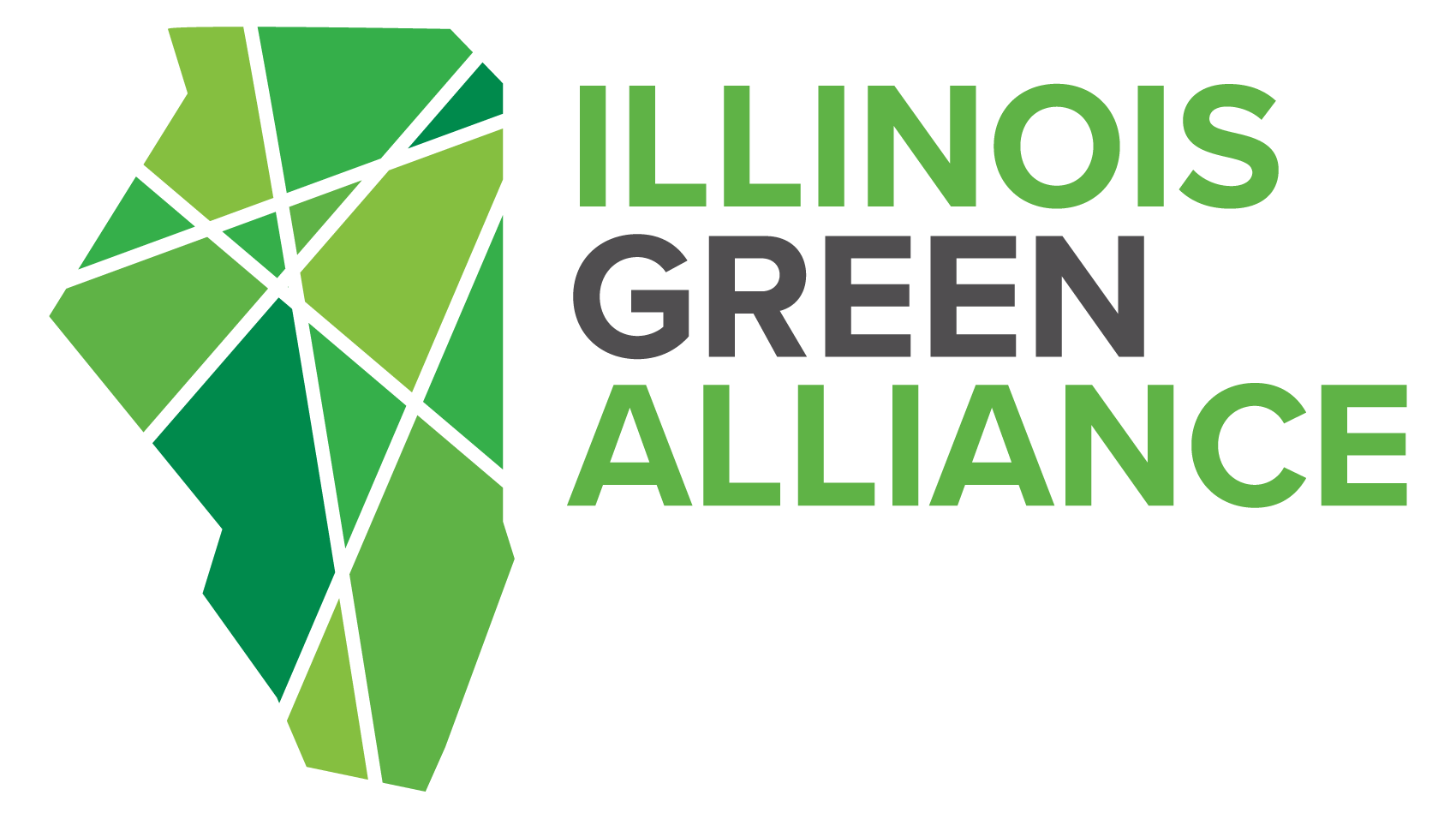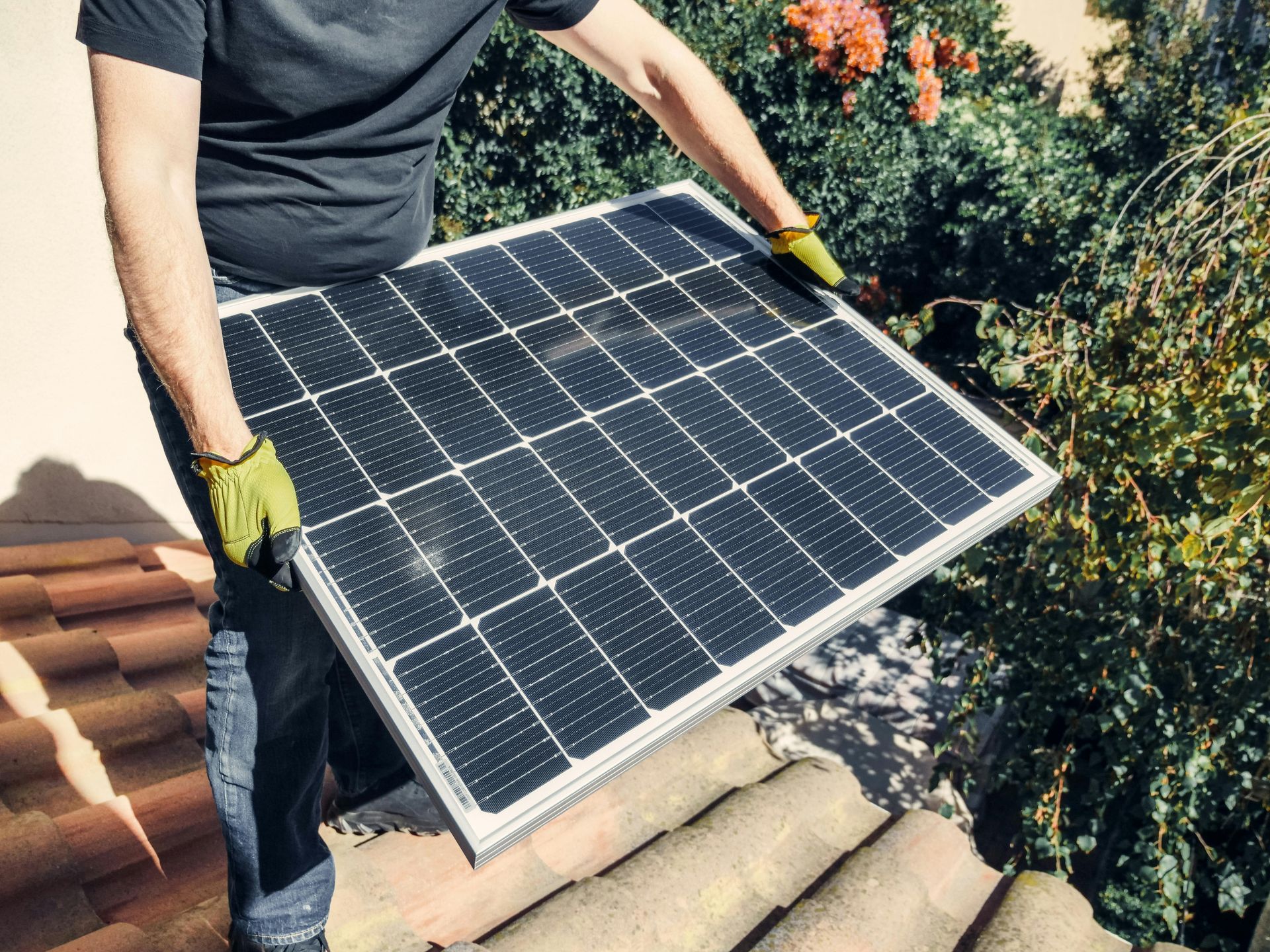Illinois Just Passed the Clean and Reliable Grid Act: Here’s what the Building Industry Needs to Know
With the help of building and sustainability industry stakeholders, Illinois lawmakers passed another nation-leading climate bill.
A few weeks ago, Illinois legislators took major action to address rising energy costs and add clean energy to the grid through the Clean and Reliable Grid Act (CRGA). Over the last year this issue rose in prominence as residents across the state have seen their energy bills rise due to rising capacity costs and increased demand from data centers.
The 1,000+ page bill focuses on addressing these challenges in a number of ways, focusing on clean energy generation and grid capacity solutions, while also creating new opportunities for green buildings across the state. Here’s a brief overview of them:
Energy Efficiency - Electric & Gas
Recently, the Illinois Commerce Commission approved expansion plans for the highly successful Utility Energy Efficiency Programs and now CRGA will make these programs even more impactful. ComEd and Ameren’s offerings will have to achieve higher annual energy savings goals and promote more weatherization, creating more opportunities for building decarbonization efforts.
In addition to setting the bar higher for electric utility programs, CRGA will incentivize gas utilities like Nicor, Peoples’, and North Shore Gas to set up their own, more robust energy efficiency programs.
All incentive programs, electric and gas, will prioritize supporting low-income rate payers. Electric utilities will have their minimum spending requirement for income-qualified efficiency programs will be tripled and, for the first time, gas utility programs will be subject to minimum spend requirements.
Thermal Energy Networks
CRGA provides up to $20 million to fund Thermal Energy Network pilots, such as district geothermal, which can provide cost-effective and zero-emission heat for blocks of residences while reducing indoor air pollution and reducing energy consumption. This investment could open up exciting new decarbonization possibilities like district heating.
Geothermal REC Program
Geothermal projects will now be eligible to receive Renewable Energy Credits through a new Geothermal Homes and Businesses Program which allocates $10 million of the existing RPS budget to geothermal projects for homes and businesses. Forty percent of the credits will be reserved for projects located in Equity Investment Eligible Communities and at least 10% of the projects will be awarded to Equity Eligible Contractors, with that number increasing to 40% over time.
Utility Data Access
Now, all electric utilities across the state will be required to provide access to allow building owners to do benchmarking and take advantage of federal funding. This will help building owners and their service providers better understand energy use, identify efficiencies and comply with local energy benchmarking policies. For more about this policy, check out this video explainer.
Virtual Power Plants
CRGA also address the challenges of peak energy demand by launching a virtual power plant program. This initiative allows utility customers to opt-in to a program to be paid to allow the grid to centrally manage energy storage systems and smart technologies during peak demand events to supply energy and reduce demand. Essentially, when the grid is strained like on days where there is a heatwave, virtual power plants let utilities tap into thousands of home energy storage systems and EV batteries to add more power to the grid and automatically turn unnecessary appliances down or off to keep the grid online and prices from skyrocketing.
Net Metering for Storage
In another boost for energy storage system adoption, CRGA will require utilities to allow net metering for behind-the-meter systems under 5MW, allowing people and buildings that install them to get credit for energy sent back to the grid.
Time of Use Rates
ComEd, Ameren, and alternative energy supplier customers will get an option to save with smart “time of use” rates that are set at the price of energy at any given hour. This makes electrification more affordable because households can take full advantage of times when electricity costs are low. There’s also the opportunity to combine time-of-use rates with other options like net metering or vehicle electrification incentives to compound their savings and environmental benefits.
Storage for All program
CRGA allows the Illinois Power Agency to create a carveout of the Illinois Solar for All program to provide funding for energy storage solutions, helping eligible households maximize the full benefits of solar energy paired with storage.
Solar for All Adjustments
Aside from allowing funds to be spent on storage systems, CRGA makes many adjustments that will make Illinois Solar for All simpler to access. CRGA allows for residents in income eligible and environmental justice census tracts to more easily apply for the program with income self-attestation, expanding the program to cover organizations serving low-income areas, and allowing eligible residents with master-metered buildings to apply in the public facility/nonprofit category. It will also integrate Solar for All with LIHEAP to allow participants to benefit from both solar energy and weatherization. Finally, CRGA allows eligible contractors to access up-front capital.
Grid Scale Storage
CRGA prepares Illinois to start investing in large-scale battery storage to facilitate the energy transition and increase grid stability. Starting in 2030, the state will build 3 GW of storage facilities. Long term, this will benefit the energy transition by driving down energy costs.
Parking Minimum Reform
This wasn’t technically in CRGA, but rather a part of a transportation package which also passed. Beginning in July 2026, residential and commercial developments within half a mile of a public transportation hub or 1/8th of a mile of a transportation corridor will no longer be subject to parking minimum requirements.
Illinois Green is incredibly excited about this landmark piece of legislation and would like to thank all of our members who made their voice heard. Over the coming months, we’ll be putting together education and resources to help our members take advantage of these new policies and programs. Let us know what you want to hear about!




